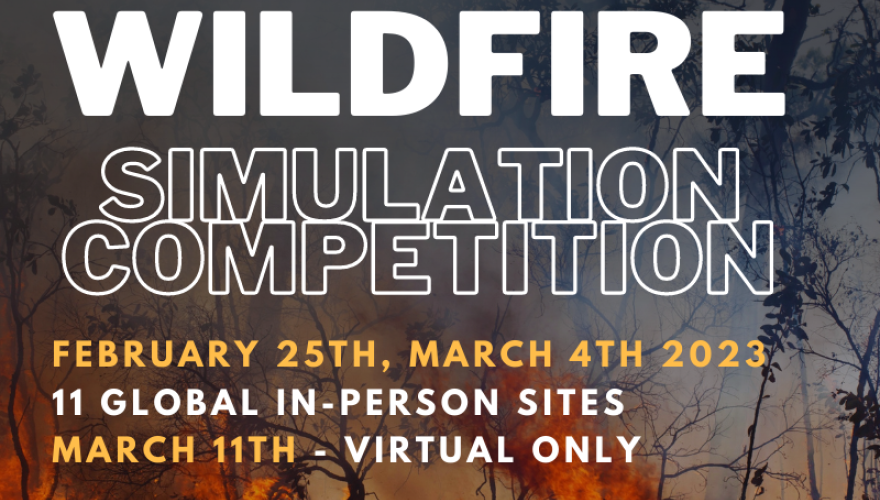Last month members of the School of Public Policy (SPP) community attended the 2023 Network of Schools of Public Policy, Affairs, and Administration (NASPAA) simulation competition. This year’s event called Wildfire Simulation Competition was designed by Professor Matt Koschmann of the University of Colorado Boulder. Recently we caught up with Master of Public Administration (MPA) student Mekaila Carey about the experience. Learn more from Mekaila below!

Both MPA and Master of Public Policy (MPP) students are required to take PP 5345: Project Management. For Mekaila this course really helped her prepare for the simulation. Her course included a diverse classroom of thought and opinion from current MPA, MPP, Fast-Track and executive students. Through this diversity the class was able to see how different people would approach, plan and budget different scenarios.
Students in PP 5345 with Professor Renzo de la Riva Agüero participate in case studies with assigned teams, problems to solve and deadlines along the way. Students may be tasked with creating a budget or new management system for an organization. Within an hour they have to read the case details and create a presentation for a manager or board of directors. Mekaila explains,
This was similar to the simulation because each round we had to make different decisions in a timed environment. Sometimes we were given new material to read or problems would be presented that we would have to address. The teams were assigned and everyone was given a different role in the community; for example, I was the water authority manager. Everyone had their own priorities and we couldn’t debate for too long or we wouldn’t get the assignment completed – just like in class.
Many of the participants, like Mekaila, did not have prior knowledge about wildfires. Teams were randomly assigned and additional roles included town mayor, community representatives, environmental nonprofit representative and forest ranger. The makeup of each team was diverse in terms of age, experience and culture.
Teams were required to create a map that showed different areas of the community with a mitigation tactic assigned to each area. Each round shifted to a different area. Mekaila adds, “We would get news articles, research articles, tweets, and messages from the community that each person individually would need to read before we could complete the map each round.” Throughout each round simulation judges would ask questions of the teams. Based on simulation expectations and team responses the judges scored each team every round.
At the conclusion of the simulation, teams had to write memos about their plan utilizing the competition template. They were then tasked with creating a presentation. Participants were asked about additional research they may have conducted about real life places and similar maps, though, as noted earlier, not all participants had previous knowledge. The highest scoring teams, including Mekaila’s, presented. Congratulations to all of this year’s winners!